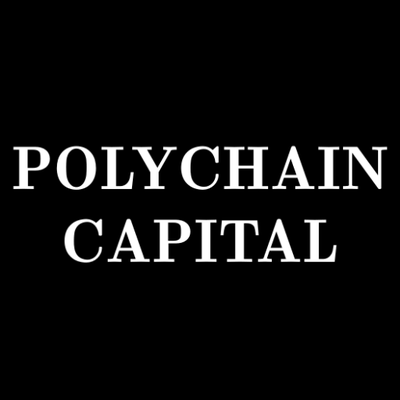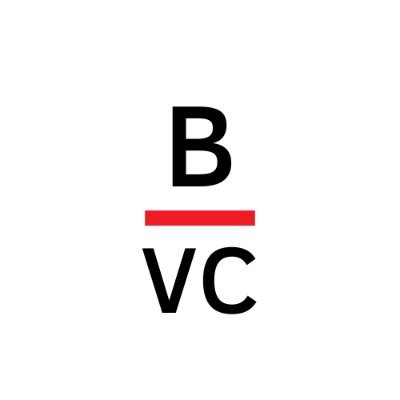With investment from Vitalik, Nocturne's new anonymous trading concept
Author: Karen, Foresight News
Currently, there is still a lack of truly usable solutions for anonymous transfers, while the compatibility of privacy protocols and regulatory compliance issues have been two major challenges faced in the privacy space.
This week, Vitalik Buterin invested in the anonymous account abstraction protocol Nocturne on Ethereum. In the $6 million seed round financing completed by Nocturne, Bain Capital Crypto and Polychain Capital co-led the investment, with other participants including Bankless Ventures, Hack VC, Robot Ventures, and others. This round of financing includes equity with token warrants, and the valuation has not been disclosed.
What is Nocturne?
The word Nocturne translates to "night piece" or "night scene" in Chinese, and the logo features a moon against a dark background.

Nocturne has not disclosed team information, but based on information from Nocturne's Twitter feed, it appears that the Nocturne team includes Sebastien La Duca (serving as Chief Technology Officer, previously at Solana and Facebook) and Luke Tchang (original developer of the cross-chain bridge Nomad). 1kx research partner Wei Dai is a founding advisor for Nocturne.
In this protocol, Nocturne combines account abstraction and zero-knowledge proofs, designed as a protocol that enables private accounts on Ethereum, allowing users to deposit or receive funds to and from private stealth addresses within the Nocturne contract.
Nocturne uses zero-knowledge proofs to prove ownership of assets for any anonymous contract interactions or confidential payments.
The Nocturne V1 version is focused on a private treasury UI, allowing users to store idle assets to earn yields, and the yields can be withdrawn to a burner wallet, all without exposing the user's address or balance.
How does the Nocturne stealth address system work?
Stealth addresses have been discussed multiple times by Vitalik Buterin. If interested, it is recommended to read Vitalik Buterin's earlier work titled "Vitalik's New Work: A Complete Guide to Stealth Addresses."
Ethereum researchers Toni Wahrstätter, Vitalik Buterin, and others released a standard specification for stealth addresses ERC-5564 last year, establishing a standardized method for interacting with stealth addresses, allowing senders of transactions or transfers to generate private accounts that can only be accessed by their recipients in a non-interactive manner, enabling recipients to maintain privacy when receiving assets. However, all asset movements in and out of stealth addresses are publicly traceable, which is a core flaw of EOA stealth addresses.
In light of this, Nocturne aims to create a stealth address system where the owners of stealth addresses can transfer funds without revealing which stealth address the funds come from or establishing a connection.
Nocturne alleviates the above issues by combining an "internal" stealth address system with a shielding pool. The internal stealth address scheme allows users to have multiple "internal" addresses within the Nocturne contract, where internal addresses are unique "identifiers" of the Nocturne protocol, rather than having multiple temporary Ethereum addresses.
The shielding pool allows for the accounting and expenditure of funds without disclosing the identity of the fund owner. When users deposit funds into the shielding pool, a "receipt" is generated, representing the user's claim to their funds. The main fields on the receipt include the token address, the amount of tokens included in the receipt, and the owner's "identifier" (address).

Then, if a user wants to spend the funds on the receipt, they must use a zero-knowledge proof to prove they possess the key corresponding to the owner field on the receipt. The owner of the receipt is the Nocturne stealth address.
In other words, the sender can deposit funds into the Nocturne pool and list the recipient's Nocturne stealth address as the owner of the receipt to be generated. The recipient will see the newly generated receipt and can spend the funds by proving ownership of the receipt.
Additionally, Nocturne has a built-in gas payment mechanism that allows users to use tokens to pay gas fees to relayers on any stealth address while hiding the links between stealth addresses.
How does Nocturne manage deposits and reduce the inflow of illicit funds?
When users deposit assets into Nocturne, the deposits first go into a deposit management contract. Then, off-chain participants call a screener to sign and agree to the deposit under a specific compliance risk threshold. This process significantly reduces the inflow of illicit funds.

After the deposit screener approves, the deposit management contract sends the assets to a teller role, which calls a handler to track the receipt commitments of the funds. The deposits are inserted as receipt commitments into Nocturne's Merkle commitment tree.
How does Nocturne enable privacy transactions?
Nocturne previously disclosed the operation process of privacy transactions on X (formerly Twitter). When users deposit into Nocturne, new "receipts" are added to the Merkle tree, while the underlying funds are held in the teller contract. When users trade on DEXs like Uniswap, they must submit their ZKP of the receipts they own in the Merkle tree, then call the exchange contract to receive the output funds to the stealth address.
The Nocturne contract will verify the anonymous ZKP of receipt ownership, unbundle the funds, and execute the exchange. After execution, the contract will hold the exchanged output funds and create a new receipt in the tree to represent that the "transaction output" belongs to the provided stealth address.

Summary
Nocturne's compatibility with DeFi protocols, composability, and pursuit of regulatory compliance brings practical payment and interaction anonymity to Ethereum. On-chain salary anonymity, seamless wallet integration, and user-friendly privacy experiences will be adoption scenarios for Nocturne.
From the outset, Nocturne has pursued regulatory compliance, such as filtering out deposits from high-risk addresses using public chain metadata and analysis tools like TRM, as well as setting daily deposit limits for individual and all addresses to some extent to limit illicit activities like money laundering by hackers.
Nocturne's long-term vision is to establish a more permissionless account layer that maximizes privacy access for ordinary users. Privacy has always been a topic explored in crypto but has continually hit bottlenecks. Whether Nocturne can balance true on-chain privacy, regulatory compliance, and achieve widespread adoption remains to be seen.
References: https://nocturne-xyz.gitbook.io/nocturne/introduction https://mirror.xyz/nocturnelabs.eth/sBdLxakvhixESmhk0B7cgBoKoWSkhbBSA90bPkD_TV8 https://mirror.xyz/nocturnelabs.eth/3ffu-V6A3TRDiGlyY36SxcUgIFg7FRcmhpdQPTGhouc https://vitalik.ca/general/2023/01/20/stealth.html















